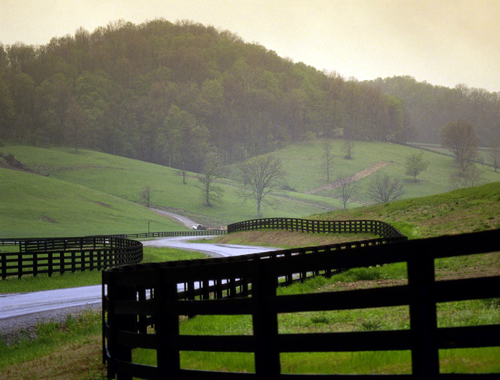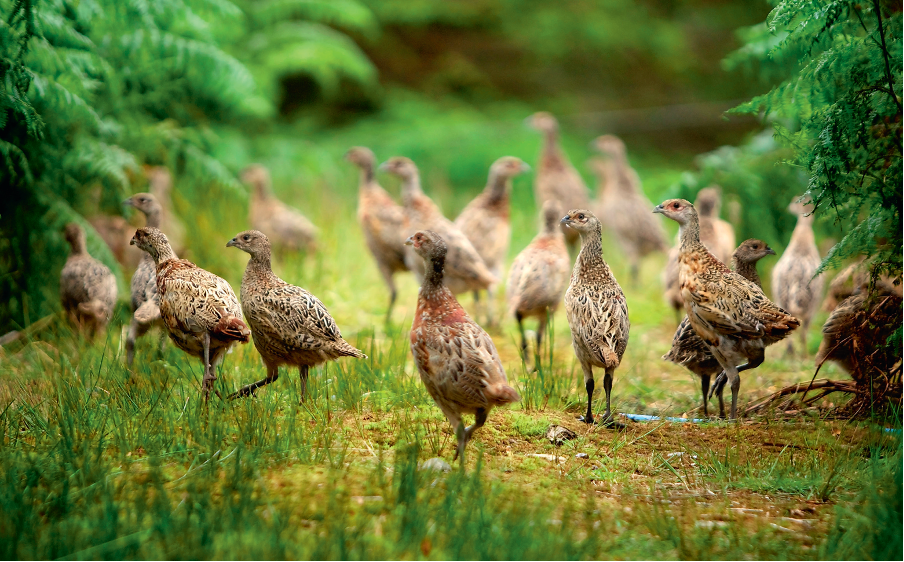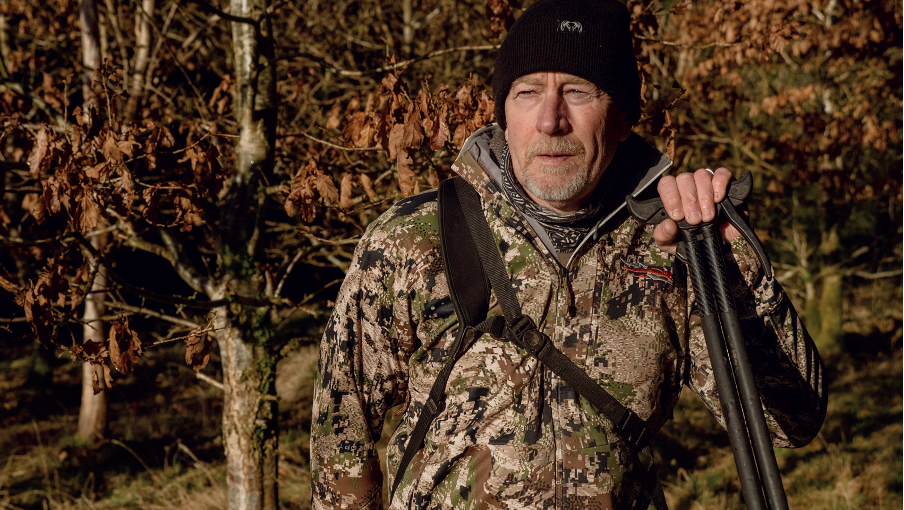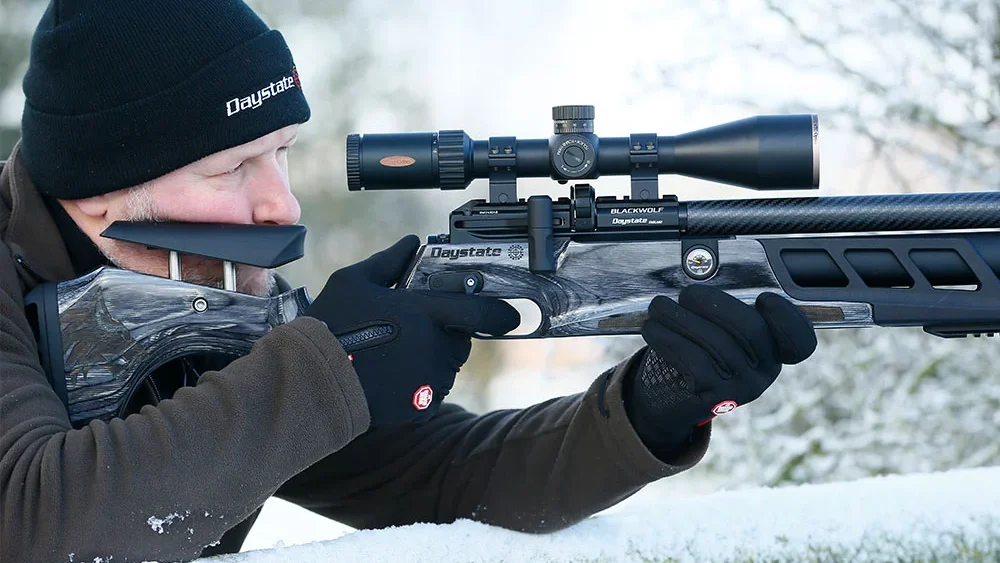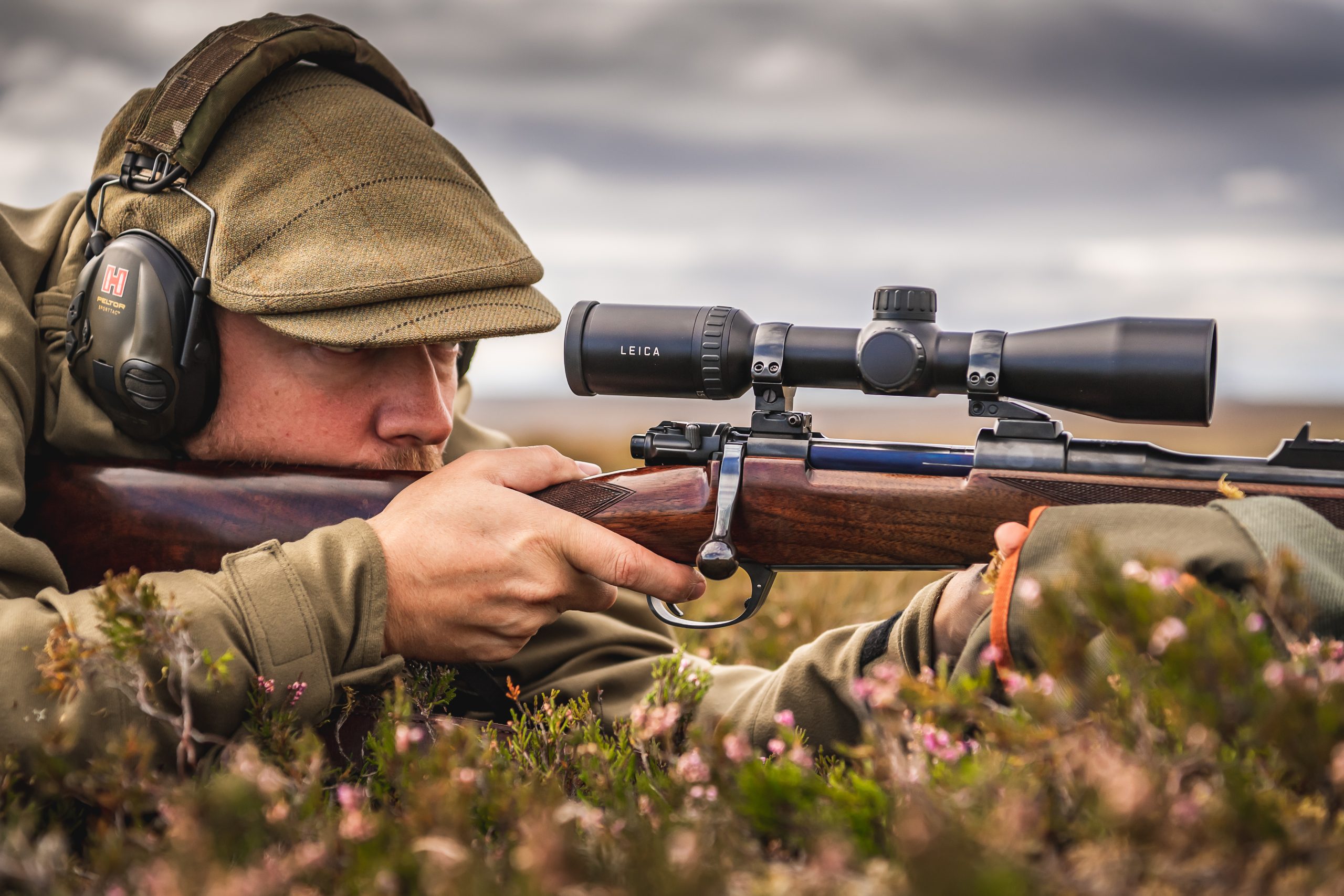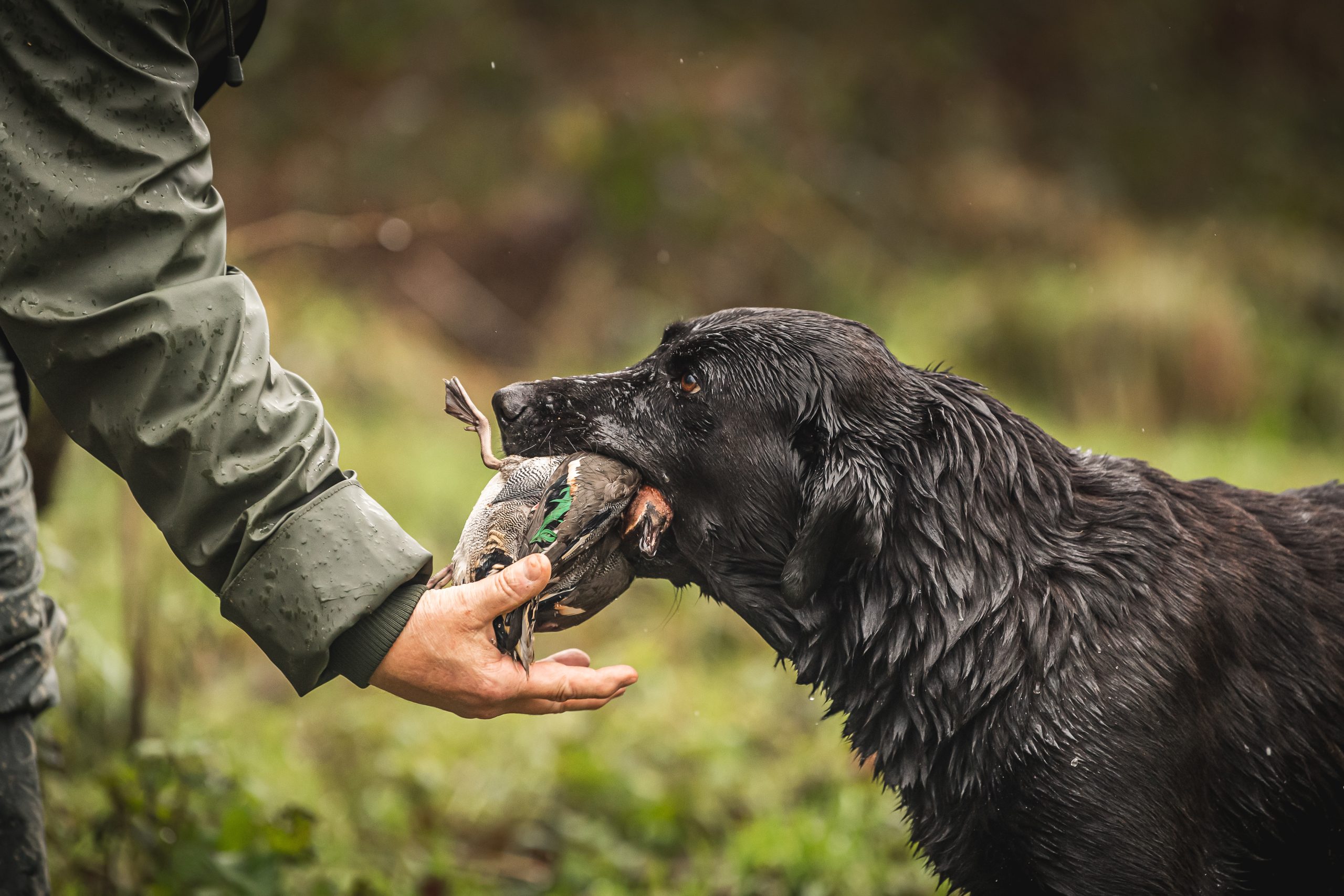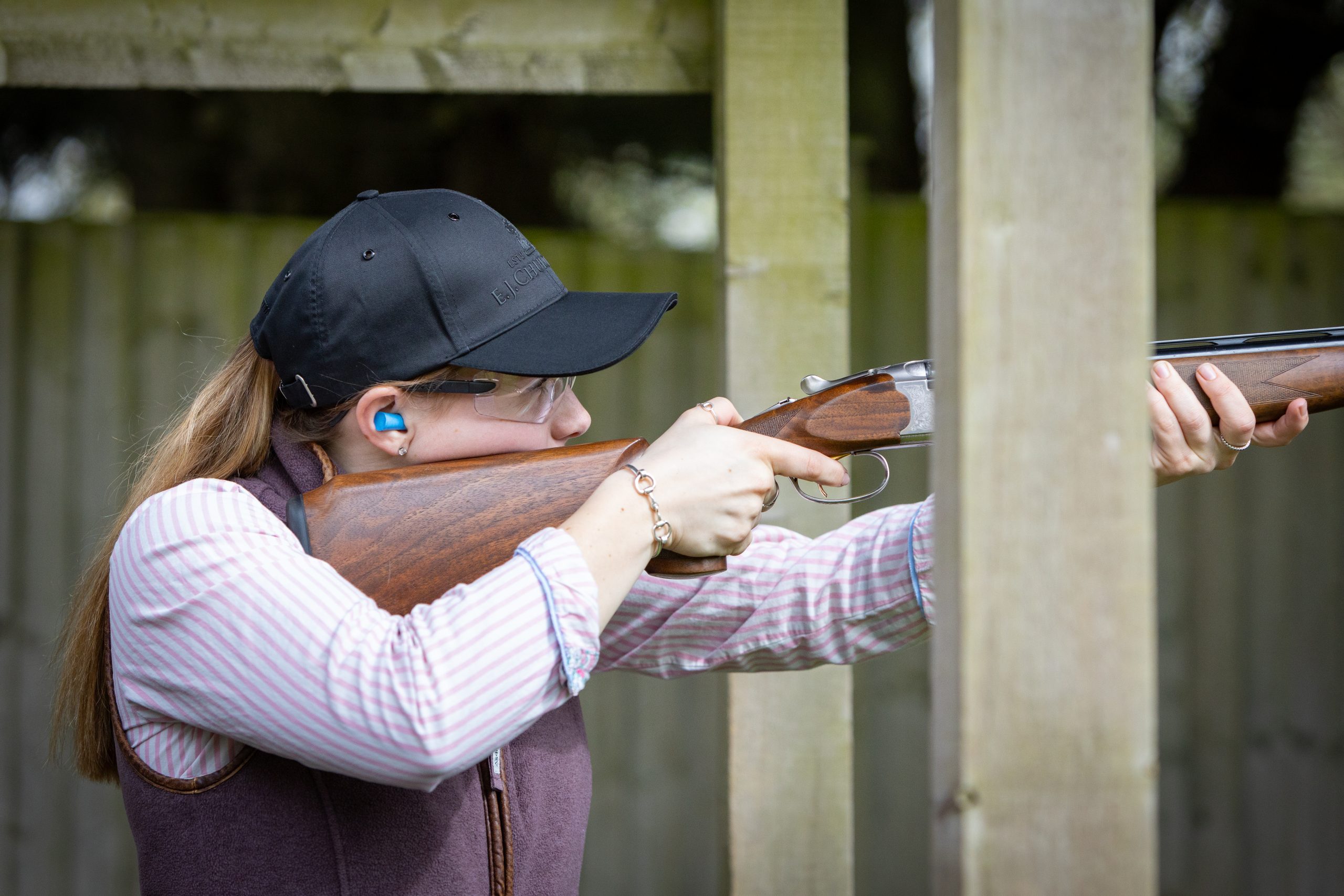Gear
Thinking about making your own black powder cartridges? Read on …
Popping a few black powder cartridges through a vintage English shotgun is an unforgettable experience.
Would you like to appear on our site? We offer sponsored articles and advertising to put you in front of our readers. Find out more.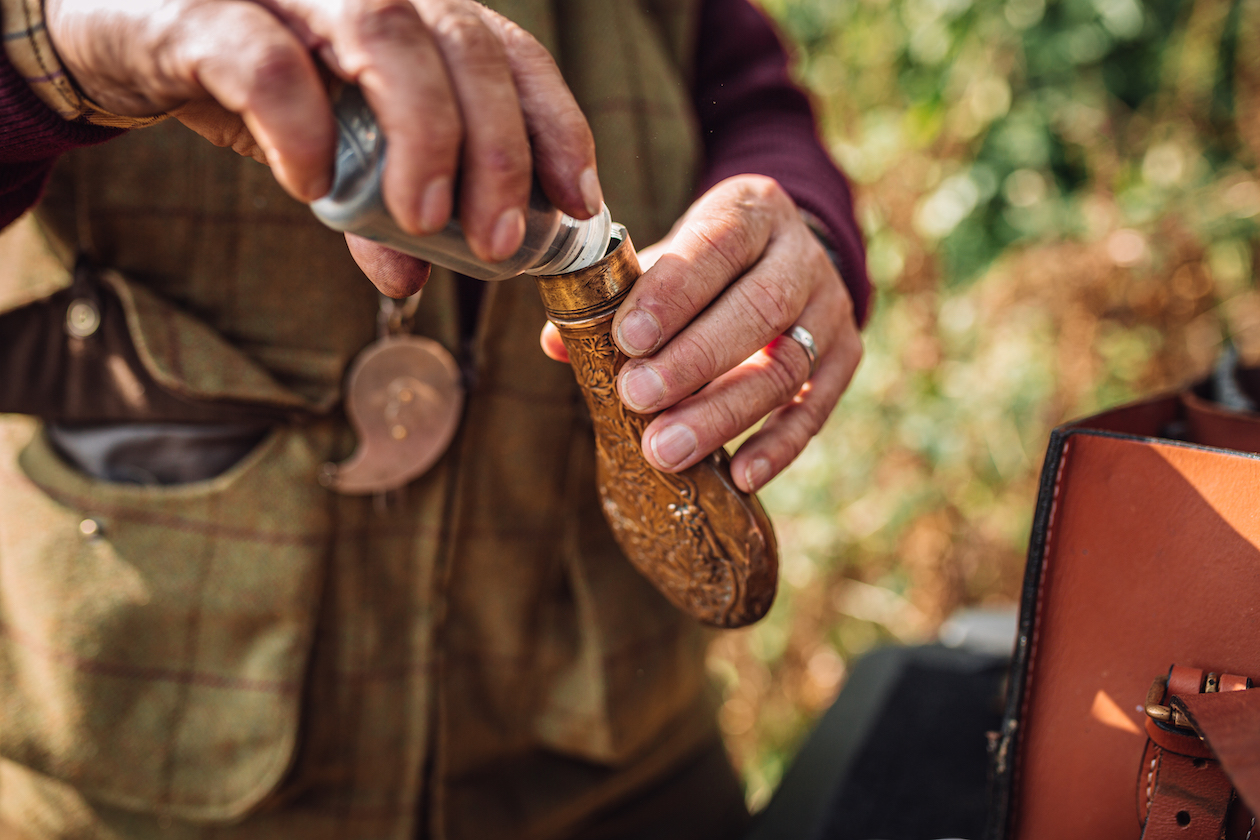 Filling a flask with black powder
Filling a flask with black powder
I loaded my first centrefire black powder cartridges for a hammer Purdey that cost me £5. (Read about black powder licences here.)
That Purdey was my pride and joy and exposed me to the pleasure of shooting a top quality gun, which is why I tell people who own a vintage black powder gun to use it with appropriate cartridges and enjoy the experience. (Read why black powder is slightly addictive.)
Using black powder cartridges
- There is no mystery or difficulty producing cartridges once you have the powder and a police licence to store it at home.
- You must be sensible – it’s very flammable, so no smoking or ignition sources. It is also a laxative, due to the sulphur content – so don’t lick your fingers!
- Keep it dry and use the appropriate grain size – ‘medium’ does most things for a breech-loader of medium calibre
The first black powder cartridges I loaded were intended to mirror the ammunition that was fed to the Purdey when new – roll-topped paper cases (this was before the days of plastics). (If you want to buy black powder cartridges read here.)
I was keen on patterning my guns and soon discovered that about one in five shots produced ‘cartwheeled’ patterns. That’s to say that at 40 yards there was an 18in – 24in hole in the middle of the pattern with all the shot arranged as a ‘rim’ about six inches wide around it.
I changed to waterproof plastic cases with a folded crimp and never saw another cartwheel.
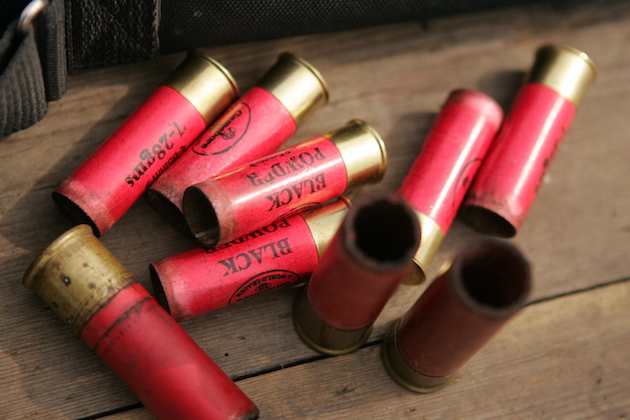
You can buy commercially loaded black powder cartridges, but it’s cheaper to load your own.
How much does a black powder cartridge cost?
You can load black powder cartridges for half the price of the few commercial brands still available. (Read more on homeloading shotgun cartridges here.)
More importantly, you can produce ammunition that is tailored perfectly to the gun you’re using. My main output today are 25gm 12-bore loads in a 65mm case and a 21 gm 16-bore load, again in a 65mm case which are done on a modern multi-station Texan reloading machine tool that produces neat crimps, re-sizing the cases, de-caps, re-caps and measures the charges. Clay & Game sells a variety of reloading machine presses.
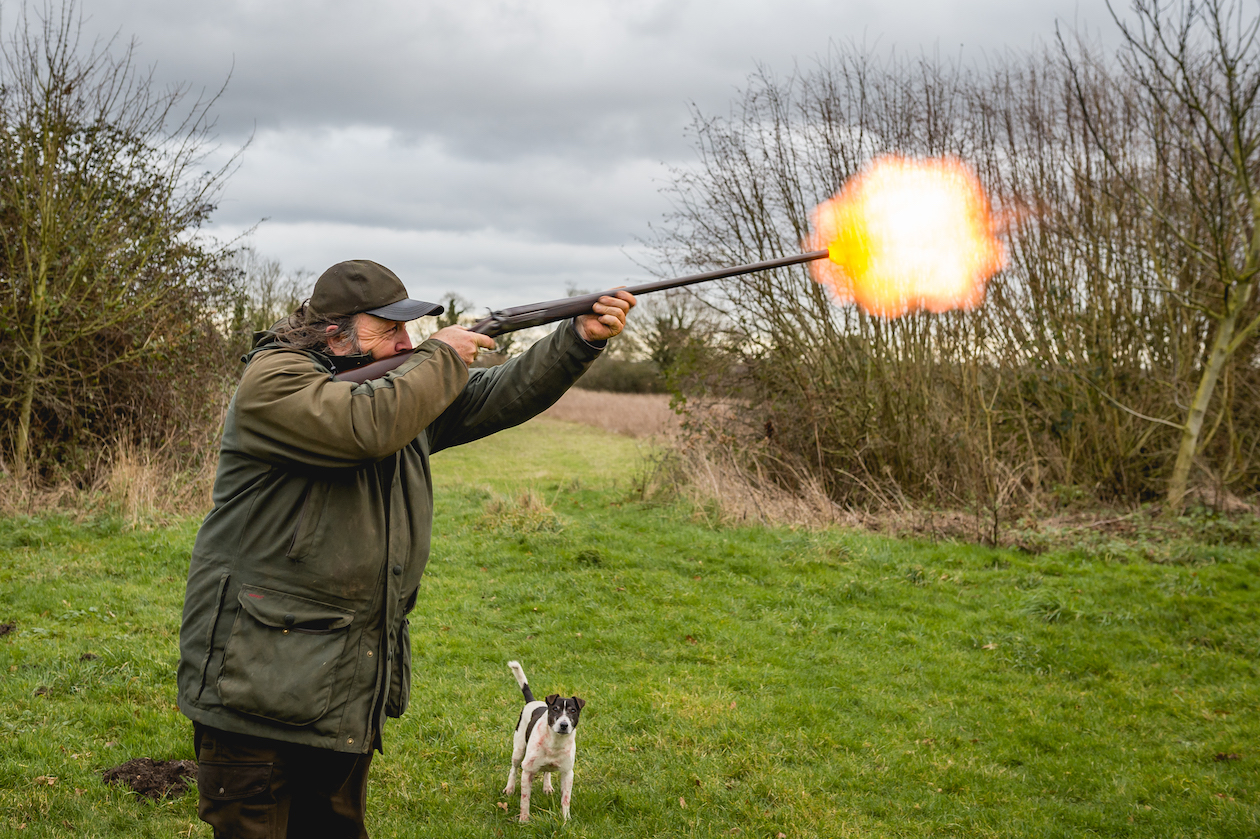
The flash of black powder. Terrier appears very unpeturbed by it all.
Wads
I used to use Kleena wads as these were the only items available in the gun shop. These vegetable fibre wads were coated in what I believe was hard paraffin wax and while okay for smokeless powder, something else is needed to deal with the much greater residue produced by black.
I learned this lesson shooting a muzzle loader with commercial wads, which had been soaked in vegetable oil.
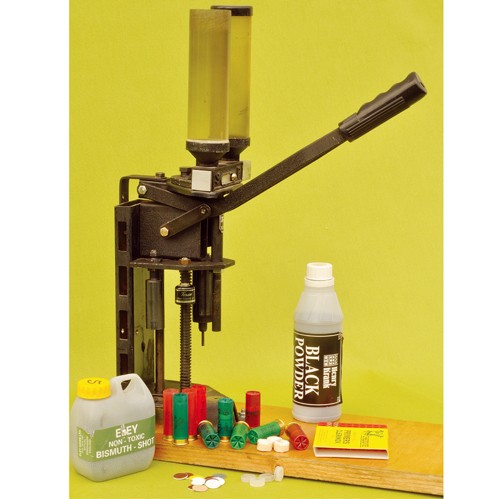
The author’s modern multi-station Texan reloading machine tool
When I came to clean it the lack of fouling was a revelation. Now, of course, a muzzle-loader wad makes two trips through the barrel, one slow – powered by the shooter – and the next, a lot quicker with the powder gasses behind it.
The problem is that, while a wad almost oozing oil is OK in a muzzle loader, centrefire cartridges have to be stored, get warm and are carried in a jumble.
- Some users suggest that oily wadded cartridges should be stored crimped end down in the fridge.
- I believe that any oily lubricant will soften powder residue in the bores sufficiently to allow the wad to remove most of the fouling left by the previous shot.
- My current favourite is a mixture of mutton tallow and some sort of oil – either cooking or Neatsfoot – to get a better consistency.
- This is melted and the home-cut felt wads rolled in it.
- To help keep this goo away from the powder, a wad cut from a waxed carton goes underneath the main wad.
- As for cutting wads, a wad punch is a very useful tool. With it you can cut a greater variety of wads than can be bought and in small quantities as needed.
- I believe an over-powder wad cup gives a better seal which is why I use the cut off bottoms of fired wads harvested from the clay shooting ground. I wash and dry them to ensure they are free of grit and they seem to work well. No plastic fouling is left in the bore and I suspect the reason for this are those fatted felt wads which leave the bores well-oiled.
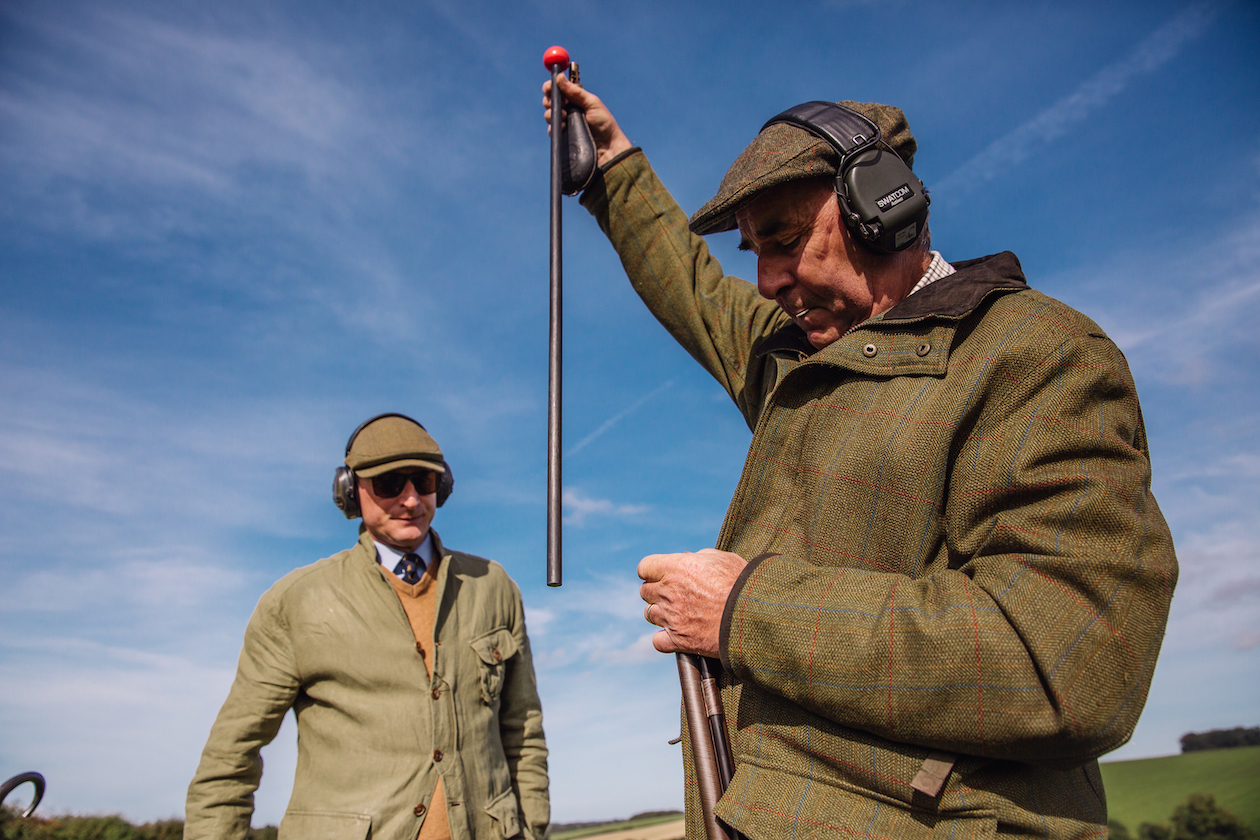
Loading black powder
Pressure on the wad during loading
You only need to use sufficient pressure to seat the over-powder wad firmly.
The heavier ramming action given to a muzzle loader is simply done to ensure that the powder charge gets to the bottom of the nipple.
Cleaning shotgun barrels after using black powder
- When all the shots for the day have been fired, the barrels have to be thoroughly cleaned to stop the corrosive black powder residues pitting the bore of the barrels.
- You can use boiling water and detergent (all that is needed), but if well greased wads have been used a screwed up ball of newspaper or kitchen towel will remove most of the residue in a couple of passes.
- The hot water then does the final clear up. If, however, the wads are not properly lubricated, then the hot water will remove the caked-on hard fouling. All of this loading and cleaning combines to give the user greater involvement with his gun – just like a muzzle loader, but different.
This article was originally published in 2014 and has been updated.
Read more by Sporting Gun magazine by taking out a subscription now.
Related articles
Gear
Rustle up the best stalking jackets
Top of the wish list for the ideal outerwear is quiet fabric; you don’t want your stalking coat to alert the deer to your presence, says Chris Dalton
By Time Well Spent
Gear
Gear news
New from the NEC: the best kit to covet
Couldn’t get to the British Shooting Show? Ed Jackson rounds up some of the high points, to suit all kinds of shooters and budgets
By Time Well Spent
Manage Consent
To provide the best experiences, we use technologies like cookies to store and/or access device information. Consenting to these technologies will allow us to process data such as browsing behavior or unique IDs on this site. Not consenting or withdrawing consent, may adversely affect certain features and functions.
Functional Always active
The technical storage or access is strictly necessary for the legitimate purpose of enabling the use of a specific service explicitly requested by the subscriber or user, or for the sole purpose of carrying out the transmission of a communication over an electronic communications network.
Preferences
The technical storage or access is necessary for the legitimate purpose of storing preferences that are not requested by the subscriber or user.
Statistics
The technical storage or access that is used exclusively for statistical purposes.
The technical storage or access that is used exclusively for anonymous statistical purposes. Without a subpoena, voluntary compliance on the part of your Internet Service Provider, or additional records from a third party, information stored or retrieved for this purpose alone cannot usually be used to identify you.
Marketing
The technical storage or access is required to create user profiles to send advertising, or to track the user on a website or across several websites for similar marketing purposes.

